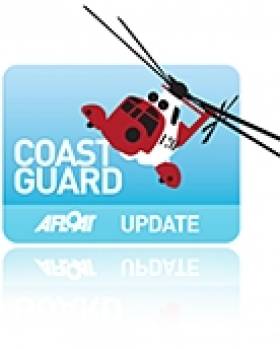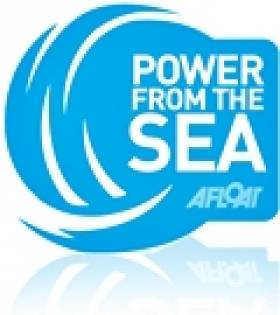Displaying items by tag: kite
Kitesurfer Rescued off Liverpool
Liverpool Coastguard was contacted by Wirral Lifeguards who had been watching a kite surfer who had returned to sea to retrieve his lost kite in strong winds and a choppy sea. The kite which he was using was seen to come down in the sea. Lifeguards used a jet ski to look for the kite surfer but on arrival at the scene could only find two kites and no kite surfer.
Liverpool Coastguard requested the attendance of RNLI New Brighton inshore lifeboat and a rescue helicopter from RAF Valley and a search began for the kite surfer.
The kite surfer was located by the lifeboat about a mile offshore and recovered to shore.
Liverpool Coastguard Watch Manager Paul Parkes says,
"The kite surfer was lucky to be found because it is hard to spot a head in a black wet suit in choppy water like today. The combination of strong offshore winds and an outgoing tide created difficult conditions for making back to shore. Fortunately he was able to lift his board up out of the water when he heard the lifeboat engines in his vicinity.
Coastguard warns water sports enthusiasts to always check conditions and tides before setting off. Don't go alone and always wear a personal flotation device, (PFD). Wear bright clothing which will help you be located if you get into difficulty."
'Underwater Kite' a Clean Energy Solution
An 'underwater kite' developed by a Swedish company could be a simple answer to harnessing the power of the sea, The Local reports.
The Deep Green device looks like a toy kite with a turbine attached. But when tethered to the seabed and carried by the ocean currents, it can harness energy at a much more efficient rate - 800 times greater - than surface-based turbines.
Minesto, the company behind the project, claims it can generate 500 kilowatts of power even in calm conditions.
A scale model of the Deep Green system, which was included in Time Magazine's 50 Best Inventions of 2010, will be unveiled later this year off the coast of Northern Ireland.
It will provide an opportunity for testing in real ocean conditions, as well as evaluating the potential impact on marine life below the surface.
“We are confident once successful trials have been carried out for it to be commercially operative by 2013,” said Minesto CEO Anders Jansson.
Sweden's The Local has more on the story HERE.
World's Largest Kite-Powered Vessel On The Way
Cargill Ocean Transportation has signed on with an innovative new company to launch the world's largest ever kite-propelled vessel. (Scroll down for Video)
The Hamburg-based company SkySails claims its technology can generate enough propulsion to reduce fuel consumption by up to 35% in ideal sailing conditions.
SkySails' system uses a computer-controlled kite connected by rope, flying between 100m and 420m in a figure-of-eight. The auomated system steers and adjusts the kite to maximise the wind benefits and requires minimal action by crew.
At the end of this year Cargill plans to install a 320sqm kite on a chartered handysize ship with a view to full operation by early 2012.
The firm intends to partner on the project with "a shipowner supportive of ennironmental stewardship in the industry".


























































